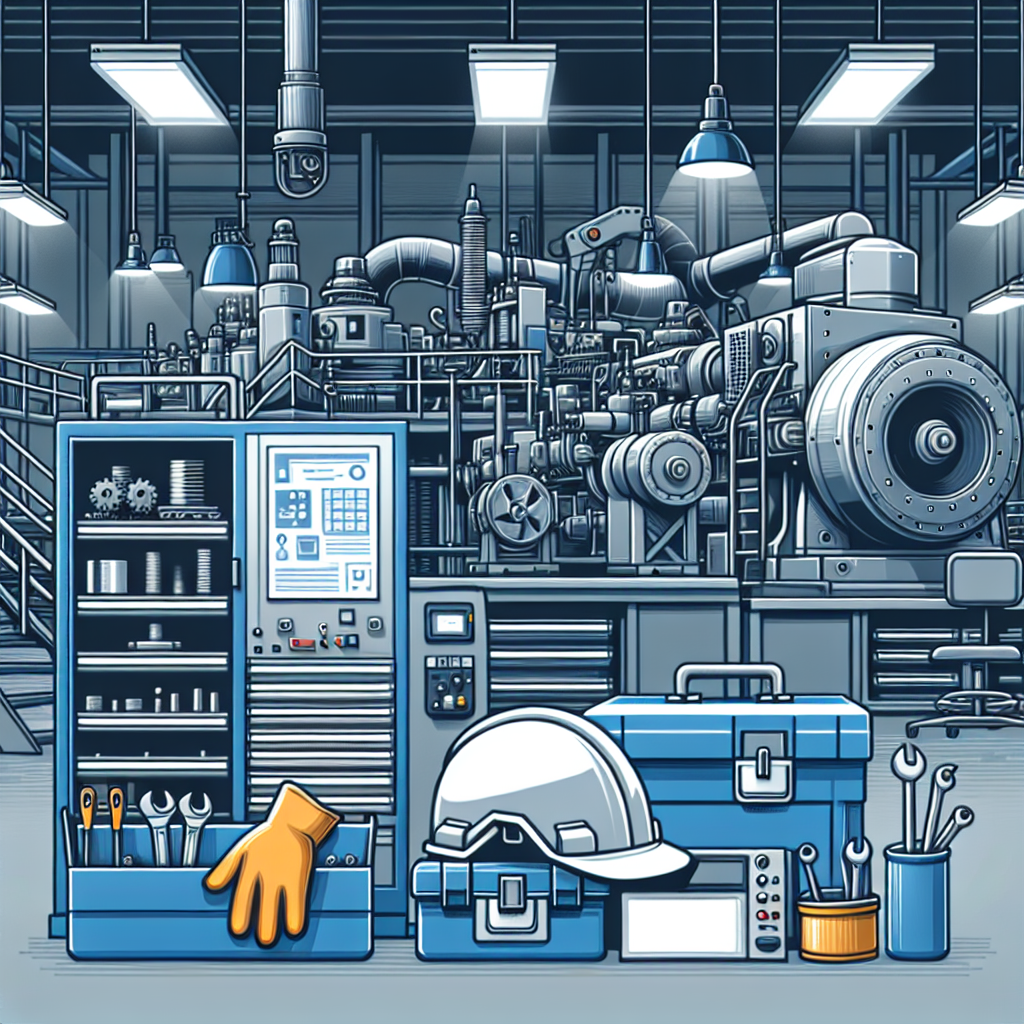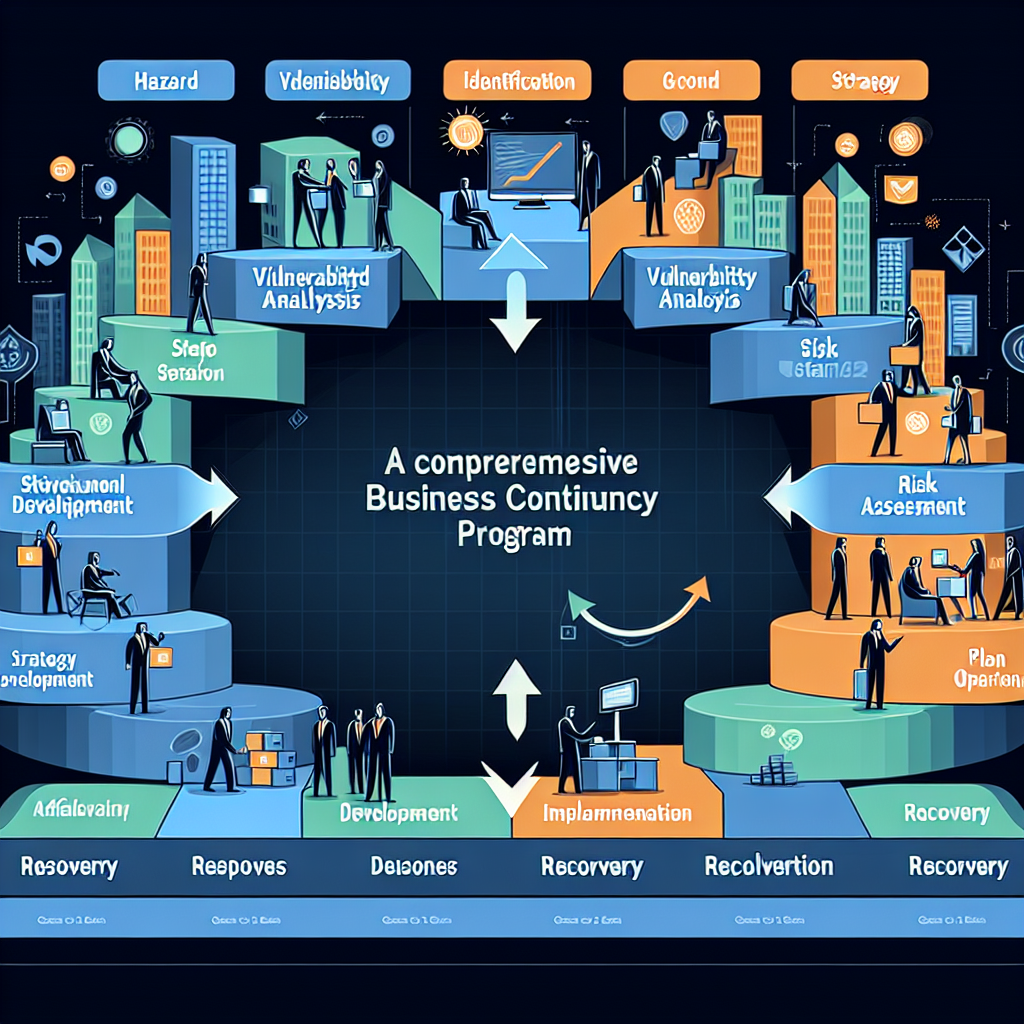WASHINGTON — The Department of Defense announced Friday night that it will institute a new “annual media rotation program” for its in-house press corps, effectively removing several major news outlets, including NBC News, from their Pentagon office spaces in favor of other outlets.
In addition to NBC News, The New York Times, National Public Radio and Politico must vacate their dedicated workspaces. The news organizations learned about the new directive in a memo sent to the press corps without being individually notified, and an accompanying email included a message that read, in part, “no additional information will be provided at this time.”
“For over a half-century, the Pentagon Press Corps has benefited from working out of individual office spaces that provide coveted and open access to some of the Department’s top military and civilian leaders,” read the memo Pentagon spokesperson John Ullyot sent to the Pentagon Press Association.
“In order to broaden access to the limited space of the Correspondents’ Corridor to outlets that have not previously enjoyed the privilege and journalist value of working from physical office space in the Pentagon, beginning February 14, 2025,” Ullyot wrote, there will be “a new Annual Media Rotation Program for those dedicated media spaces.”
In a statement, NBC News said, “We’re disappointed by the decision to deny us access to a broadcasting booth at the Pentagon that we’ve used for many decades. Despite the significant obstacles this presents to our ability to gather and report news in the national public interest, we will continue to report with the same integrity and rigor NBC News always has.”
The move by Pentagon officials comes seven days after the Senate confirmed Defense Secretary Pete Hegseth by the narrowest of margins. It followed weeks of coverage about his behavior and treatment of women, including allegations that his alcohol consumption alarmed colleagues and his second wife feared for her safety around him. Hegseth has denied the allegations.
NBC News reported on some of the allegations against Hegseth.
The memo identified the rotating organizations by medium — selecting one each from TV, print, radio and online news to swap in and out. It said the news organizations rotating out had two weeks to vacate their spaces.
The new outlets rotating in are One America News Network — which will take NBC News’s spot — the New York Post, Breitbart News Network and HuffPost.
Three of the new outlets are conservative, while HuffPost leans progressive.
HuffPost does not have a Pentagon correspondent, and the site did not request a space, spokesperson Lizzie Grams said.
“If the Trump administration and Secretary Hegseth are interested in more hard-hitting coverage of their stewardship of the Defense Department from HuffPost, we are ready to deliver,” Grams said.
“This decision interferes with the ability of millions of Americans to directly hear from Pentagon leadership, and with NPR’s public interest mission to serve Americans who turn to our network of local public media stations in all 50 states,” NPR said in a statement. “NPR will continue to report with vigor and integrity on the transformation this Administration has promised to deliver. NPR urges the Pentagon to expand the offices available to press within the building so that all outlets covering the Pentagon receive equal access.”
A One America News spokesperson said in a statement that the news outlet has operated a bureau in Washington since 2013, and it “looks forward to having access to physical office space at the Pentagon and will utilize the accommodations full-time as soon as it’s available.”
NBC News reached out to the other news outlets for comment.
The memo did not include further details about the process of the new “rotation program,” including how officials chose which outlets needed to vacate office space first, how the new outlets were chosen and which are next, and how long an outlet would remain without an office space before it was rotated back into the building.
NBC News has held its dedicated Pentagon workspace for decades, enabling the network to broadcast its journalism throughout the day and within minutes of breaking news. The “booth,” as they are called, is hardwired with technical equipment, phone lines and a camera installed by NBC.
It is unclear whether NBC News will have the technical capability to broadcast from the Pentagon once it clears out its equipment from its workspace.
Ullyot noted that the vacating outlets continue to be members of the Pentagon press corps, meaning, in part, they “will be able to attend and cover briefings and be considered for travel with civilian and military leaders in the Department as they have previously.”
The Pentagon Press Association on Friday evening issued a statement saying, “Our resident press corps has greatly expanded over the years and we have always welcomed new members and will continue to do so.”
“We are, however, greatly troubled by this unprecedented move by DOD to single out highly professional media who have covered the Pentagon for decades, under both Republican and Democratic administrations,” the statement read. “We have asked for a meeting and we will keep everyone informed.”
At her first press briefing this week, White House press secretary Karoline Leavitt said that President Donald Trump’s administration was “opening up the briefing room to new media voices.” The first people she called on were Mike Allen of Axios — a longtime political journalist at a site considered mainstream — and Matt Boyle of Breitbart, a conservative site.
Leavitt also said her team was working “diligently to restore the press passes of the 440 journalists whose passes were wrongly revoked by the previous administration.”
According to Pentagon officials, the rotation program aims to provide a more equitable distribution of resources and access to information for all media outlets. This decision comes after years of complaints from smaller media organizations about the dominance of major outlets in the Pentagon press corps.
However, critics argue that this move is a blatant attempt to limit the access and influence of major media outlets, particularly those that are critical of the Pentagon or the current administration. They argue that this could have a chilling effect on the freedom of the press and the public’s right to know.
NBC News, one of the outlets affected by this decision, has expressed disappointment and concern about the Pentagon’s actions. They have vowed to continue reporting on national security and military issues, despite the challenges posed by the rotation program.
As the debate over the Pentagon’s new rotation program continues, it remains to be seen how this decision will impact the relationship between the military and the media, and what implications it may have for the broader landscape of press freedom in the United States.
Tags:
Pentagon, major media outlets, NBC News, dedicated workstations, rotation program, Pentagon news, media exclusion, Pentagon policy, NBC News removal, media access, Pentagon workstation rotation
#Pentagon #removes #major #media #outlets #including #NBC #News #dedicated #workstations #part #rotation #program








